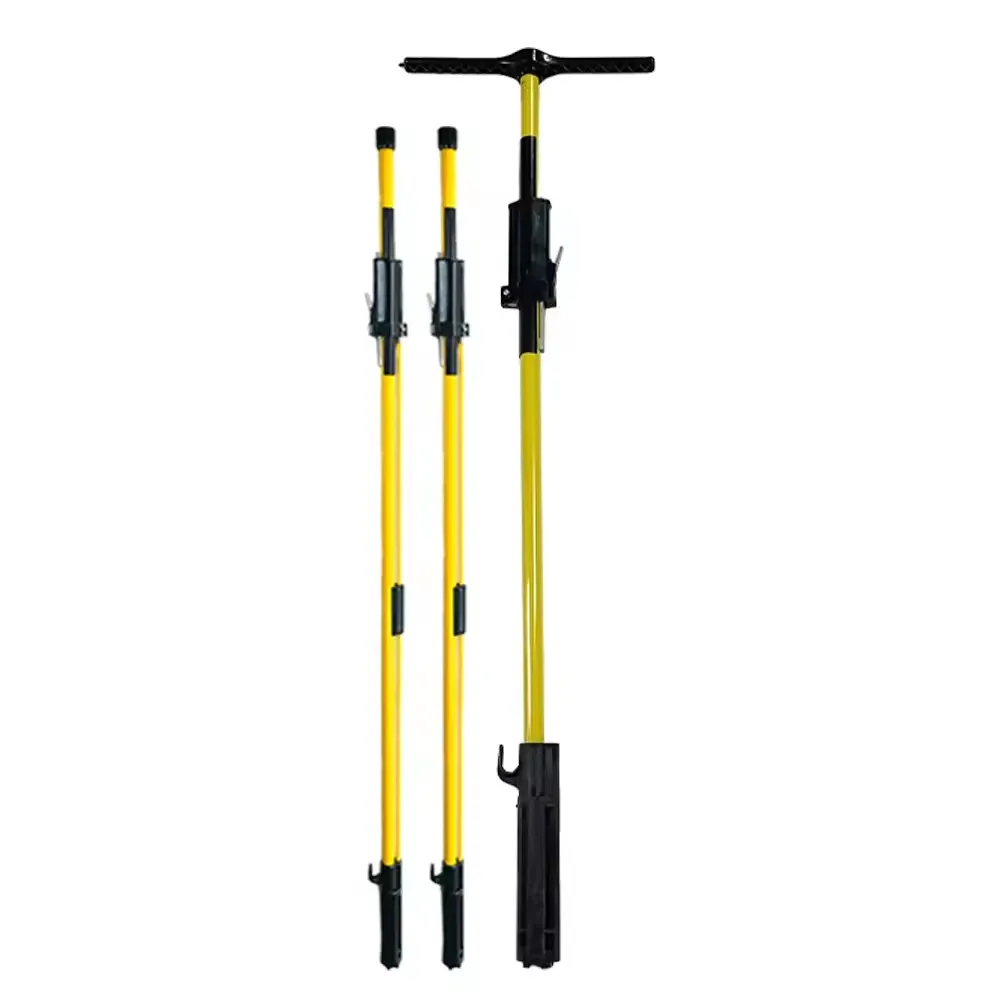
-
 Afrikaans
Afrikaans -
 Albanian
Albanian -
 Amharic
Amharic -
 Arabic
Arabic -
 Armenian
Armenian -
 Azerbaijani
Azerbaijani -
 Basque
Basque -
 Belarusian
Belarusian -
 Bengali
Bengali -
 Bosnian
Bosnian -
 Bulgarian
Bulgarian -
 Catalan
Catalan -
 Cebuano
Cebuano -
 Corsican
Corsican -
 Croatian
Croatian -
 Czech
Czech -
 Danish
Danish -
 Dutch
Dutch -
 English
English -
 Esperanto
Esperanto -
 Estonian
Estonian -
 Finnish
Finnish -
 French
French -
 Frisian
Frisian -
 Galician
Galician -
 Georgian
Georgian -
 German
German -
 Greek
Greek -
 Gujarati
Gujarati -
 Haitian Creole
Haitian Creole -
 hausa
hausa -
 hawaiian
hawaiian -
 Hebrew
Hebrew -
 Hindi
Hindi -
 Miao
Miao -
 Hungarian
Hungarian -
 Icelandic
Icelandic -
 igbo
igbo -
 Indonesian
Indonesian -
 irish
irish -
 Italian
Italian -
 Japanese
Japanese -
 Javanese
Javanese -
 Kannada
Kannada -
 kazakh
kazakh -
 Khmer
Khmer -
 Rwandese
Rwandese -
 Korean
Korean -
 Kurdish
Kurdish -
 Kyrgyz
Kyrgyz -
 Lao
Lao -
 Latin
Latin -
 Latvian
Latvian -
 Lithuanian
Lithuanian -
 Luxembourgish
Luxembourgish -
 Macedonian
Macedonian -
 Malgashi
Malgashi -
 Malay
Malay -
 Malayalam
Malayalam -
 Maltese
Maltese -
 Maori
Maori -
 Marathi
Marathi -
 Mongolian
Mongolian -
 Myanmar
Myanmar -
 Nepali
Nepali -
 Norwegian
Norwegian -
 Norwegian
Norwegian -
 Occitan
Occitan -
 Pashto
Pashto -
 Persian
Persian -
 Polish
Polish -
 Portuguese
Portuguese -
 Punjabi
Punjabi -
 Romanian
Romanian -
 Russian
Russian -
 Samoan
Samoan -
 Scottish Gaelic
Scottish Gaelic -
 Serbian
Serbian -
 Sesotho
Sesotho -
 Shona
Shona -
 Sindhi
Sindhi -
 Sinhala
Sinhala -
 Slovak
Slovak -
 Slovenian
Slovenian -
 Somali
Somali -
 Spanish
Spanish -
 Sundanese
Sundanese -
 Swahili
Swahili -
 Swedish
Swedish -
 Tagalog
Tagalog -
 Tajik
Tajik -
 Tamil
Tamil -
 Tatar
Tatar -
 Telugu
Telugu -
 Thai
Thai -
 Turkish
Turkish -
 Turkmen
Turkmen -
 Ukrainian
Ukrainian -
 Urdu
Urdu -
 Uighur
Uighur -
 Uzbek
Uzbek -
 Vietnamese
Vietnamese -
 Welsh
Welsh -
 Bantu
Bantu -
 Yiddish
Yiddish -
 Yoruba
Yoruba -
 Zulu
Zulu


ડીસેમ્બર . 19, 2024 10:04 Back to list
Innovative Solutions for Effective Cord Clamping and Management Techniques
The Importance of Cord Clamps in Newborn Care
In the realm of neonatal care, cord clamps play a crucial role during the birthing process. These small devices, often made from plastic or metal, serve one primary purpose to secure the umbilical cord after it has been cut. The importance of proper cord clamping is vital not only for the immediate health of the newborn but also for their long-term development.
Understanding Umbilical Cord Clamping
The umbilical cord provides essential nutrients and oxygen to the fetus during pregnancy. After birth, it is paramount to manage this connection safely and efficiently. Cord clamps are applied to the umbilical cord shortly after birth, typically within seconds to a minute after cutting. This practice helps prevent excessive bleeding and ensures that the baby receives the maximum amount of blood from the placenta, which can have significant benefits for their health.
Timing of Cord Clamping
Recent studies have highlighted the importance of delayed cord clamping—waiting at least 30 seconds to a few minutes before clamping the cord. This practice allows more blood to transfer from the placenta to the newborn, increasing iron stores and reducing the risk of anemia. Delayed clamping is especially beneficial for premature infants, who are at a higher risk for complications associated with low blood volume. The use of cord clamps in this context ensures that caregivers can control the timing of clamping effectively, providing the best possible outcome for the infant.
Types of Cord Clamps
cord clamps

There are several types of cord clamps available today, designed to fit different clinical needs. Traditional cord clamps, which are often reusable or made from durable materials, require clinical staff to manually apply them. Disposable plastic cord clamps have gained popularity due to their convenience and sterility. These modern designs minimize the risk of infection and simplify the post-delivery process.
Ensuring Safety and Efficacy
When using cord clamps, healthcare providers must follow strict guidelines to maintain the safety of both the mother and the newborn. Proper training is essential, as improper application can lead to complications such as severe bleeding or infection. After clamping, the umbilical cord stump must be monitored for signs of effective healing and potential infection, which may require additional observation and care.
Cord Clamps and Parental Education
In recent years, there has been an increased focus on educating new parents about the significance of cord management. Understanding the role of cord clamps can empower parents and caregivers to advocate for practices like delayed cord clamping that promote their child’s health. Healthcare providers are encouraged to inform parents of the benefits associated with cord clamping and the procedures surrounding it.
Conclusion
In summary, cord clamps are more than just simple medical devices; they are essential tools in ensuring the health and safety of newborns. The practice of cord clamping has evolved significantly, with a growing emphasis on delayed clamping and the transfer of blood from the placenta. By prioritizing effective cord management, healthcare professionals can significantly improve outcomes for infants, laying a foundation for better health in their early life. As maternal and child health continues to evolve, the role of cord clamps remains a central element in providing quality care to newborns.
Latest news
The Unique Design of Cable Socks
NewsJun.04,2025
Swivel Connectors in Industrial Automation
NewsJun.04,2025
Safety Features of Link Sticks
NewsJun.04,2025
How to choose the best cable pulling winch for sale
NewsJun.04,2025
Fish tape safety precautions
NewsJun.04,2025
Essential Maintenance Tips for Cable Pulling Tools
NewsJun.04,2025











